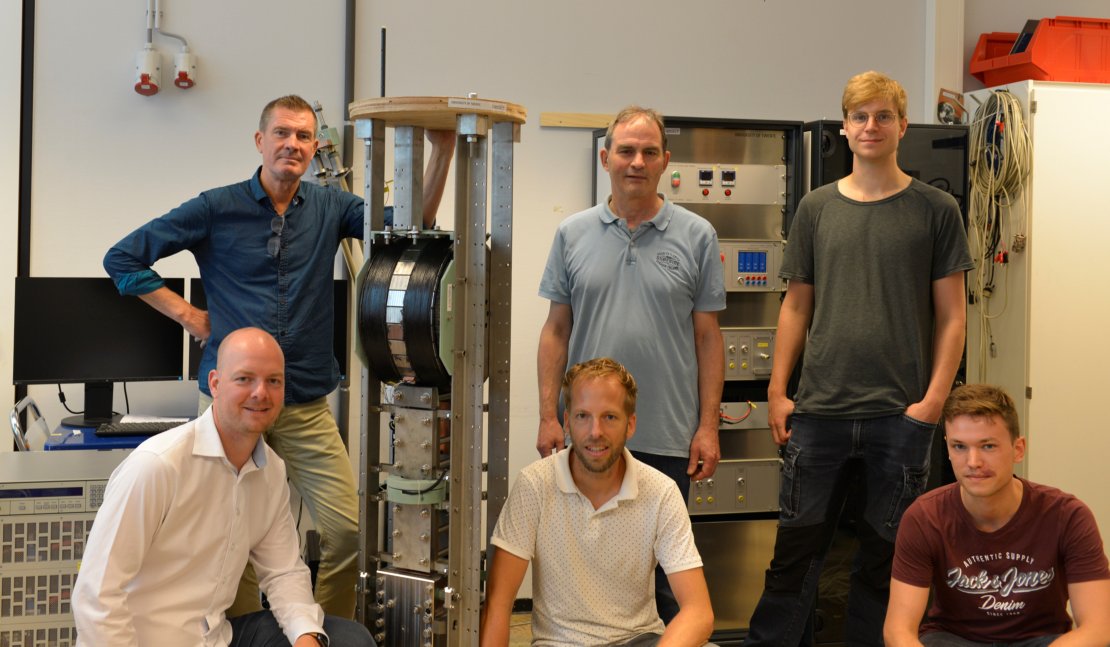
A 70,000 A superconducting transformer, power supply and entire control and protection system, for testing ITER joints, was designed and build by a collaboration between the Foundation SuperACT, TCO and the EMS-group at the University of Twente. The system was delivered in July 2021 and successfully commissioned at CEA Cadarache in January 2022, https://www.iter.org/newsline/-/3726?utm_campaign=whatsnew_weekly&utm_medium=email&utm_source=07%20Mar%202022&utm_content=featured
At the ITER Organization, trained specialists in the Tokamak Building are assembling joints connecting the ends of cabled superconductors from superconducting feeder and coil segments. However, once in place and assembled, a joint's electrical performance can only truly be put to the test at the ITER operating temperature (4 K, or minus 269 °C) and high-current (up to 70,000 A), which will only be reached when the machine is commissioned. Detecting a problem at this stage, however, would lead to loss of time for repairs—a situation the team is determined to avoid by developing qualification programs for the technicians who will realize joint assembly and establishing precise procedure controls and step-by-step acceptance tests on samples and mockups produced throughout the qualification program to demonstrate technician skill.
In the SELFIE installation with the Twente made transformer system, joint production proof samples will be tested in temperature and current intensity that are representative of ITER operating conditions. The helium inner tank accommodates both the superconducting transformer that delivers the 70,000 A current and the 3.60-metre-tall "sample" to be tested.





